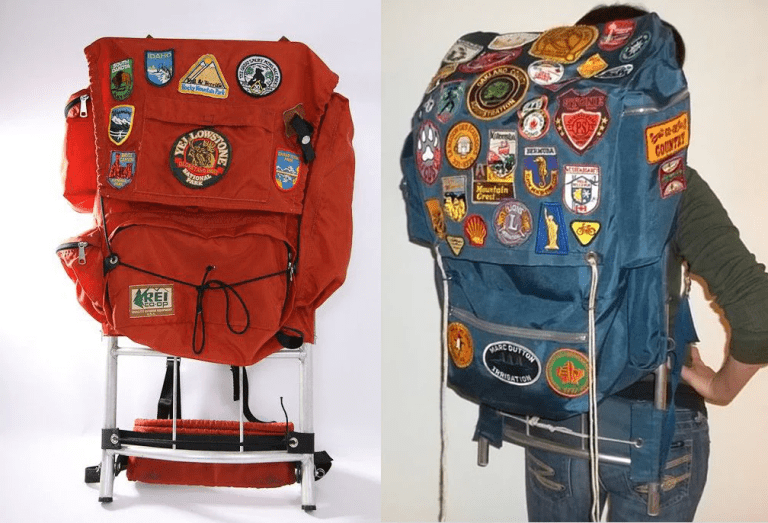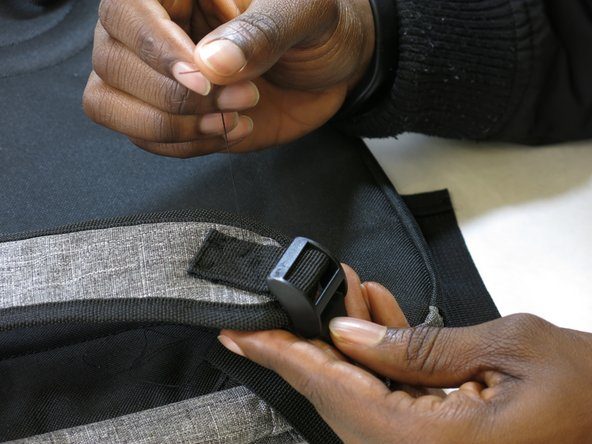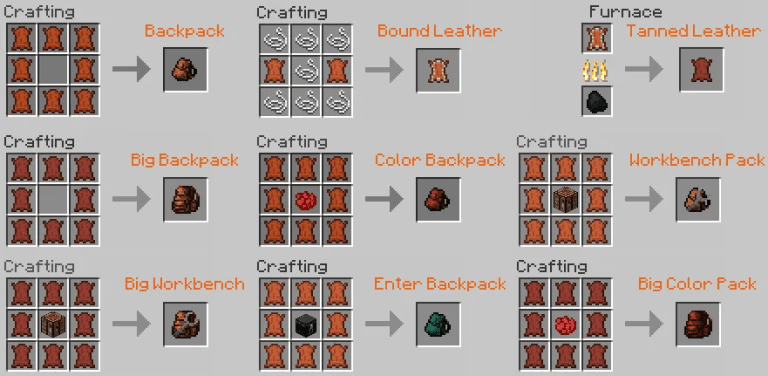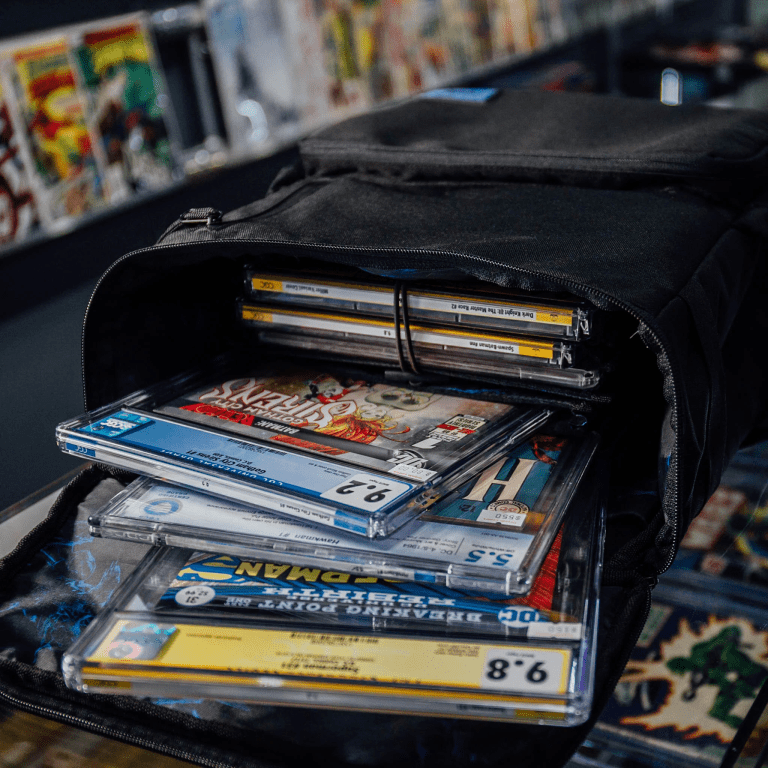What Are Backpacks Made Of?

When looking for a backpack, you’ll discover that there are many distinct features and factors to consider.
One of the most crucial factors to consider when purchasing a backpack is the material. So, what are backpacks made of?
Backpacks are created from a variety of materials that are each suited for a certain purpose. Nylon, polyester, canvas, polyester, oxford, or specific material blends are the most popular textiles used in backpacks. Leather, denim, and cotton are less popular backpack textiles.
Knowing what fabrics are utilized in backpacks might help you make more informed purchasing decisions for your specific needs. Continue reading to find out more.
Also, Read Top 10 best backpack purses for travel (Perfect For Your Next Adventure!)
What Are Backpacks Made Of?
Canvas, cotton, and nylon are the most common materials used to make backpacks. These are the most durable materials and can survive a lot of wear and tear over time.
The following materials are used to build backpacks:
- Cotton
- Canvas
- Nylon
- Rip-Stop Nylon
- Ballistic Nylon
- Kodra Nylon
- Leather
- Denim
- PVC
- Polyester
- Polypropylene
- Cordura
Cotton Canvas
Strengths: Durable, stylish, and preserves its appearance and feel over time.
Weaknesses: More expensive than other textiles, less breathable, and often only available in neutral hues.
Nylon
advantages include being waterproof, lightweight, and tear-resistant.
Weaknesses: It may be more expensive, less stylish, and stains readily.
Leather
Advantages: Professional appearance, durability, and longevity
Weaknesses: More difficult to transport, requiring particular care and cleaning, real leather is derived from animals
Denim
Advantages: Stylish, usually machine washable, and reasonably priced.
Weaknesses: Cannot support as much weight, is not waterproof, and the dye may bleed over time.
PVC
Advantages: Low cost, weatherproof, and more colour possibilities
Weaknesses: Gets dirty easily, lacks a high-end appearance, and is less durable than other materials.
Polyester
Advantages: low cost, flexibility, and quick drying
Weaknesses: Temperature sensitive, colour may bleed over time, not as lightweight
Polypropylene
Advantages: Simple to clean, lightweight, and long-lasting
Weaknesses: May be susceptible to sun damage, combustible, and easily discoloured over time.
Cordura
Advantages: Almost unbreakable, tough appearance, and waterproof
Weaknesses: Heavy to carry, more expensive, and difficult to find
Are Cotton Backpacks Beneficial?
Backpacks are typically made of cotton and canvas. This mix is far more durable than cotton alone. Furthermore, it looks better and lasts longer than other materials.
Overall, cotton backpacks are a smart purchase. Despite being more expensive than other materials, they are both fashionable and long-lasting.
What is the Most Durable Backpack?

Nylon is widely regarded as the most durable backpack material. It is waterproof and can tolerate rough terrain without being damaged. Nylon is a fantastic material for outdoor use, especially camping and hiking.
That is not to imply that other materials cannot be as good. It all depends on your reason for needing a backpack! Leather and denim bags, for example, are preferable for everyday use because they are more trendy and lightweight.
Regardless of the material, a well-made backpack is an excellent investment. You should even have a variety of backpacks hanging in your closet at home!
How is a Backpack Made?

Consider a backpack to be a gigantic fabric puzzle. Each piece is created independently and then sewn together at the end. It’s an intriguing technique that necessitates the use of skilled hands!
Here’s how to make a backpack step by step:
- Step One: Cut paper templates to use as a guide during sewing.
- Step two involves laying out bolts of fabric on a cutting table.
- Step three is to mould and press the fabric to suit the paper templates.
- Step four: Using a sewing machine, each component of the backpack is put together.
- Step five: Add other elements to the backpack, such as buckles and zippers.
- Step Six: The individual components are assembled to form the final backpack design.
- Step seven: Repair any loose threads or tears. During this point, the bags are also cleaned.
- Step eight: The bags are packaged and delivered to shops where people can buy the backpacks.
What is the maximum weight capacity of a backpack?

Backpacks made of robust material, such as cotton canvas or nylon, can hold 30 to 40 pounds before ripping. You should, however, always carry less weight in your bag. A hefty backpack can cause back, neck, and shoulder pain, especially if used for an extended period.
How Much Weight Is Too Much for a Backpack?
Only 10% of your body weight should be carried in a backpack. As an example, if you weigh 100 pounds, try to carry roughly 10 pounds. A 300-pound person, on the other hand, may securely carry 30 pounds on their back.
The more weight you have, the more you can fit in your bag. That’s not to mean you should overfill your bag. Carry only what you need to get by for the day!
What Should I Consider When Purchasing a Backpack?
Before purchasing a backpack, do your research. There are numerous possibilities available, and it is critical to select one that will last you for a long time.
Keep an eye out for:
Appearance
Backpacks are frequently worn as an accessory. Keeping this in mind, you should select one that complements your unique style.
Weight tolerance
Your backpack should comfortably accommodate at least 10 pounds. It’s critical to pick one made of long-lasting material, such as cotton canvas, leather, or Cordura.
Comfort
Make certain that the backpack you select is lightweight and easy to carry. Finally, the straps should not be too tight on your shoulders, and your back should not ache from carrying the bag all day.
Size
Look for a backpack that isn’t so big that it hits your buttocks, but also isn’t so small that it can only hold a pen and a notebook. It should be the perfect size for everything you require.
Number of pockets
A nice backpack will feature zipped pockets for your convenience. This makes it easy to find what you need without having to dig around in the bag’s bottom.
Protection
Who wants to be concerned about their backpack being damaged? The best bags are waterproof and will not fade in the sun.
Price
The backpack must fit within your budget. If it comes down to a few extra bucks for better quality, don’t be afraid to spend them. After all, you’ll be carrying your bag all the time!
Also, Read Top 10 Best Pink Travel Backpacks That Will Make You Stand Out On Your Next Adventure
Bottom Line
Backpacks are made from a variety of high-quality fabrics. Understanding the qualities of each can assist you in selecting the finest backpack for your specific needs.






